A boat should be dry inside even in heavy weather, and even after having been capsized and pitchpooled. At the same time it is a good thing to have a functioning ventilation system. Fresh air is a good thing.
1974 while attempting to round Cape Horn, I and the 20 feet boat I had built in my mothers basement the boat was capsized. A weak later in some of the strongest winds I have ever experienced she was pitchpooled. Water had entered through the ventilaters and created a mess. To avoid a repeat I figured out a system that would keep the boat dry. Two years later working with multihull designer Dick Newick on Marthas Vineyard I built my first system. It was provisional, just two hoses I put up when the waves started to break. On the boat I built 76 – 79 I made a permanent system, a aluminumtube from the deck to the bottom of the boat.
On Amfibie -Bris 85 – 89 I added a transverse duct so that intake an outlet was diametrically opposite.
On the yellow boat that I 2011 sailed to Martinique in I added a trap to the Doradebox thuse all the incoming air separated from water went into the cabin.
Now on Exlex Minor there is no deckhouse there is also stearing ropes that passes through the bulkhead with the two ducts of incoming and outgoing air and the door rotating around a horizontal axis is also there to add to the complexity in the region. This makes thinking necessary. However by slowly approaching the problem I now see a way. To simplify the problem, I have started with the given, a hole in the boulkhead and later I will do holes for the cowl vents in the deck. Then I will connect them with ducts that do not crossing each other.
Below some pictures.
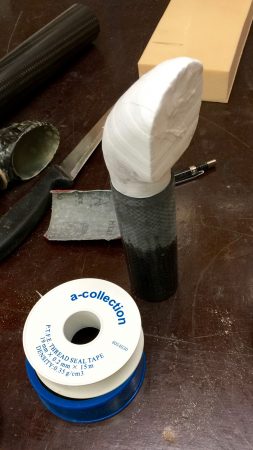
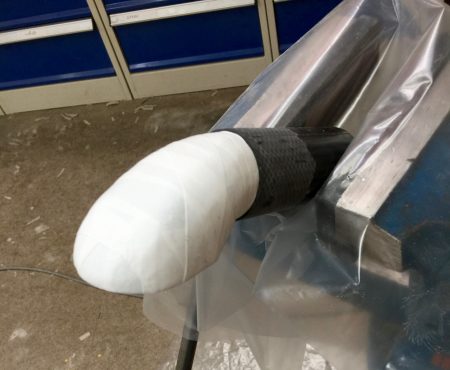

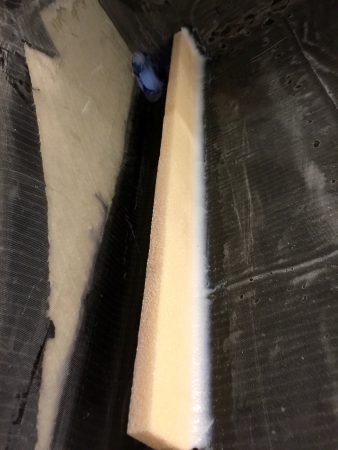
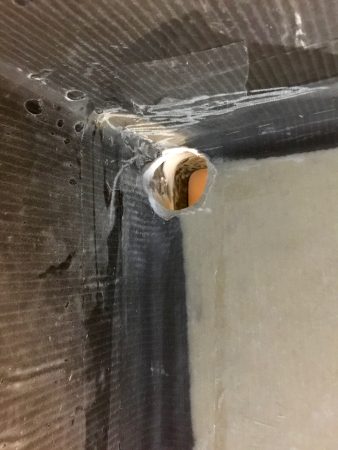
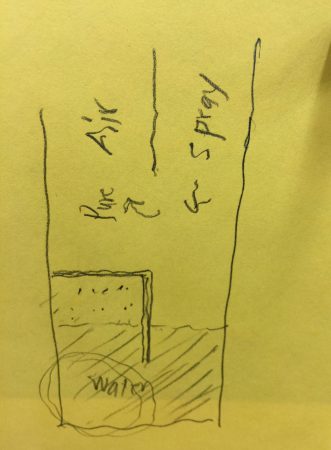

There is plenty to do Christmas and New year will be spent working on the boat. If you have any money left please donate to my project. It is good for mankind with smal safe shallow draft ocean going boats propelled by sail and oar.
To be continued…
Regards Yrvind.
